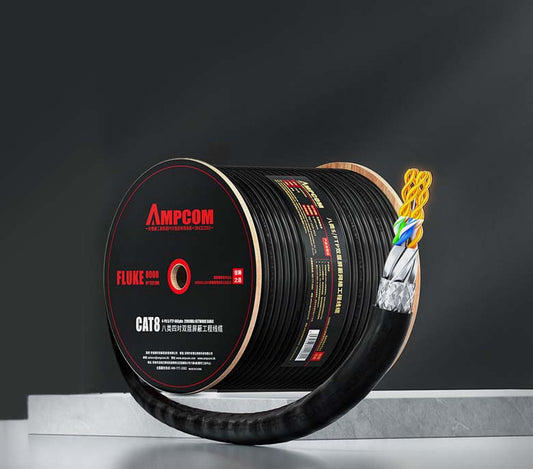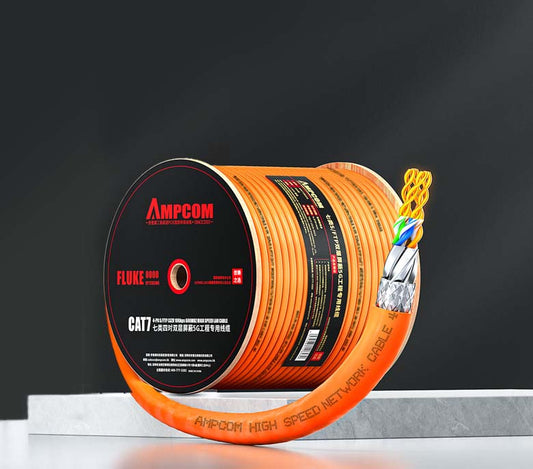2.5G/5G Over Cat5e & Cat6: NBASE-T Upgrade Field Checklist
Last updated: October 31, 2025
If your channels are ≤100 m, terminations are clean, bundles aren’t extreme, and patching is sensible, 2.5G/5G is usually viable. Do a quick link health check (loss, AXT risk, patch length, PoE heat), then run a 15-minute validation before you promise anything. Start with our NBASE-T upgrade guide.
NBASE-T (2.5G/5G) exists to unlock more throughput on installed Cat5e/Cat6. The good news: many legacy links already pass with minimal work. The catch: marginal channels can flap or downshift under heat and noise. Here’s a practical checklist to separate “good to go” from “fix first.”
What really limits 2.5G/5G in the field
- Insertion/return loss: Aged copper, over-untwist, and cheap patch cords add loss. If the 1G margin is already thin, you’ll feel it at 2.5/5G. See component vs channel testing.
- Alien crosstalk (AXT): Dense, tightly tied bundles reduce SNR. Even if Cat6 passes 1G quietly, 5G is less forgiving. Mitigate using our AXT playbook.
- Patching mix & length: Long thin-gauge patching near the PHY eats margin. Keep cords short and quality-graded. If you must use 28AWG, read the 28AWG trade-offs.
- PoE heat: PoE/PoE++ raises conductor temperature and DC resistance, stealing headroom. Budget it with our PoE voltage-drop guide.
- EMI & grounding: Near VFDs, elevators, or imaging suites, consider screened cords and proper STP grounding. If EMI is modest, UTP often suffices.
The 10-point link-health checklist (fast triage)
- Length ≤100 m channel (preferably ≤90 m horizontals + short patching)
- ≤3 mated connections; avoid daisy-chained couplers
- Patch near PHY: 24–26AWG preferred; keep 28AWG short
- Bundle density reasonable; ties not over-tight; avoid long parallel adjacency
- No known water ingress or UV damage (for outdoor runs see outdoor cord guide)
- PoE class known; voltage budget checked
- Recent cert results or quick verify with a handheld (loss, RL ok)
- Visually clean terminations; no excessive untwist, no bent plugs
- Switch ports support NBASE-T; auto-negotiation not forced to 1G
- EMI exposure assessed; shielding/route adjusted if needed
A go/no-go matrix for 2.5G/5G
| Factor | Green (Go) | Yellow (Try 2.5G) | Red (Fix first) |
|---|---|---|---|
| Channel length | ≤90 m | 90–100 m | >100 m |
| Patching near PHY | Short 24–26AWG | Mixed/28AWG but short | Long thin cords |
| AXT risk | Light bundling | Moderate bundling | Dense/tight bundles |
| PoE load & heat | Low/none | Type 3, cool room | Type 4, warm room |
The 15-minute validation routine
- Swap long/thin patching for short 24–26AWG at the switch.
- Loosen the tightest ties at the ladder-rack throat; add small spacers if practical.
- Enable 2.5G or 5G on both ends; run continuous traffic for 10+ minutes while monitoring counters.
- If you see errors or downshifts, try: shorten patching → spread bundles → re-terminate suspect ends → fall back to 2.5G.
Common symptoms & quick fixes
- Intermittent downshift to 1G → check AXT hot spots and patch mix.
- Errors under PoE++ load → heat issue; reduce bundle density or patch length. See the voltage-drop guide.
- Stable 2.5G but flaky 5G → keep 2.5G or remediate AXT further.
Related reading: NBASE-T upgrade paths · 28AWG trade-offs · PoE voltage drop · Component vs Channel testing · Alien Crosstalk mitigation
FAQ
Can every Cat5e do 2.5G?
Not every link, but many can if loss is within spec and bundles aren’t extreme. Validate before committing.
Is 5G much harder than 2.5G?
Yes—SNR is tighter. If 5G is flaky, 2.5G is a practical middle ground.
Do I need shielded cords?
Only if EMI is significant. If you do shield, follow proper grounding.



